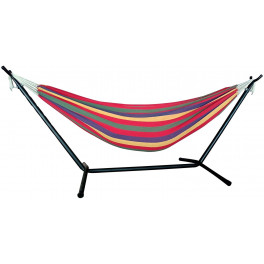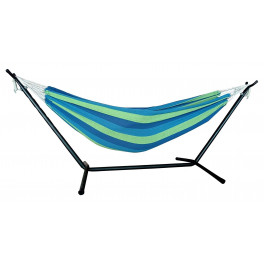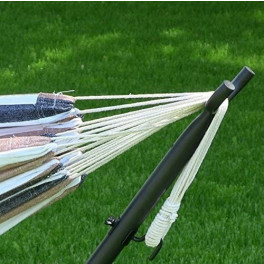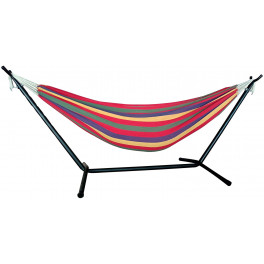When you’re deciding where to dig a well, you’re probably concerned about having an adequate, clean water supply. You’ll need to take into consideration the depth of the well and the material you’ll have to dig through to get to the water. These things will affect the total time and money the project will require. Another key (and rather obvious) factor is the location of the well, which is where water dowsing can come in useful.
If you decide to install a well, you need to be sure you’re putting it in a place where there will be an abundant water supply for years to come. Water dowsing can be a useful indicator of where that water may be
The practice, also known on a more colloquial level as water witching, involves using an object to detect the presence of underground water. Typical materials used to determine, or divine, the location of subterranean water include forked wooden sticks — a simple branch from a dogwood or hickory tree with even forks will d0. Metal welding rods can also be used, as can a flexible vine.
Popular dowsing detection tools include metal rods like these bent welding rods.
The Learning Curve
It’s best to give the object a trial run on a shallow puddle of water, so you’ll know a positive reaction when you see it. I used welding rods during my introduction to dowsing. I held the rods loosely in each hand with ends pointed out. When I stepped across my testing puddle, the ends swung toward each other completely of their own accord, and I knew I had a positive reading. Some people will find their abilities stronger than others, and some will not be able to dowse at all.
You can test your dowsing abilities by walking across a small amount of water - even a shallow puddle like this one will work. Hold your detection tool - if you’re using metal rods and you have dowsing ability, you’ll feel the rods swing toward each other of their own accord as you step over the water.
The Controversy
Water dowsing seems like a straightforward way to determine where to dig a well, but controversy surrounds the practice. A simple internet search will reveal the level of popular disbelief that colors the subject. The United States Geological Survey says, “When dowsing is exposed to scientific examination, it presents a very different picture.”
The agency attributes the positive reactions of certain objects to the presence of water to the fact that water is available in many areas below the earth’s surface. Anyone who has had the local water witcher out to dowse and then hit paydirt after digging in the indicated area will tell you there’s something to the process, however.
Mother Earth News has this to say about dowsers: “The thing that has been proven by well after well is that they do locate water … An adequate water supply is a must for every rural home and homestead, and nothing has proven more effective or simpler to use for finding water than the ancient dowsing rod. Why not try it?”
Mother Earth News has recommendations for dowsing including experimenting with grips and types of wood when using a forked stick and bending a vine into an arc. My metal welding rods worked best for me, and it was impossible to ignore the fact that they swung toward each other when I stepped over the puddle.
Some dowsers prefer using a flexible vine. The curved portion of the vine will swing groundward when giving a positive indicator of water.
The Actual Experience
After much-controlled experimentation with the rods over puddles, so I knew a positive reaction when I got one, I ventured out into my yard to see if I got any subterranean response. My husband had called a well digger out to our home earlier that day to see if we needed to dig another well since ours was not producing the amount of water we needed.
The well digger was an experienced dowser and got a positive response at a spot about 10 feet from our existing well. When my husband tried dowsing, he got the same response at that spot. I hadn’t been told where the area was, so I moved around our well in expanding circles with the rods. At one point, the rods swung in toward each other very definitively, and my husband informed me that I had just located the spot where both he and the well digger had gotten positive readings. I had already been converted from skeptic to believer when I felt the rods swing toward each other on their own over the puddle, and this last result was one more piece of proof that water dowsing may not be simple folklore.
When you’re searching for water underground, walk slowly around an area where you think it might be and hold the rods parallel to each other. If you’re over water, the rods will swing definitively toward one another.
So, when you’re preparing to dig a well, go the extra mile and locate someone who is known as a dowser. It certainly won’t hurt to have them canvass your property, and you may even find that you have the unexplainable ability detect subsurface water yourself.


























